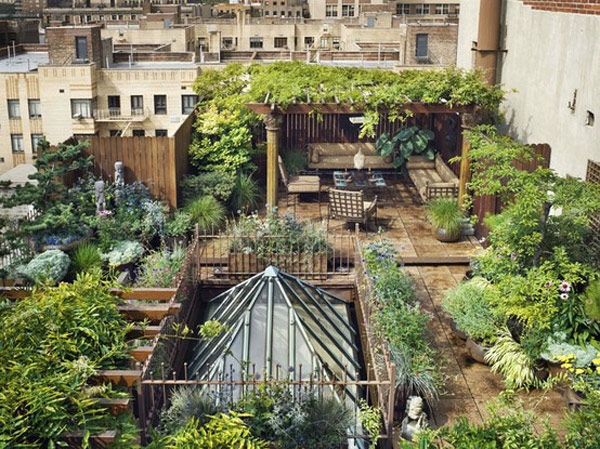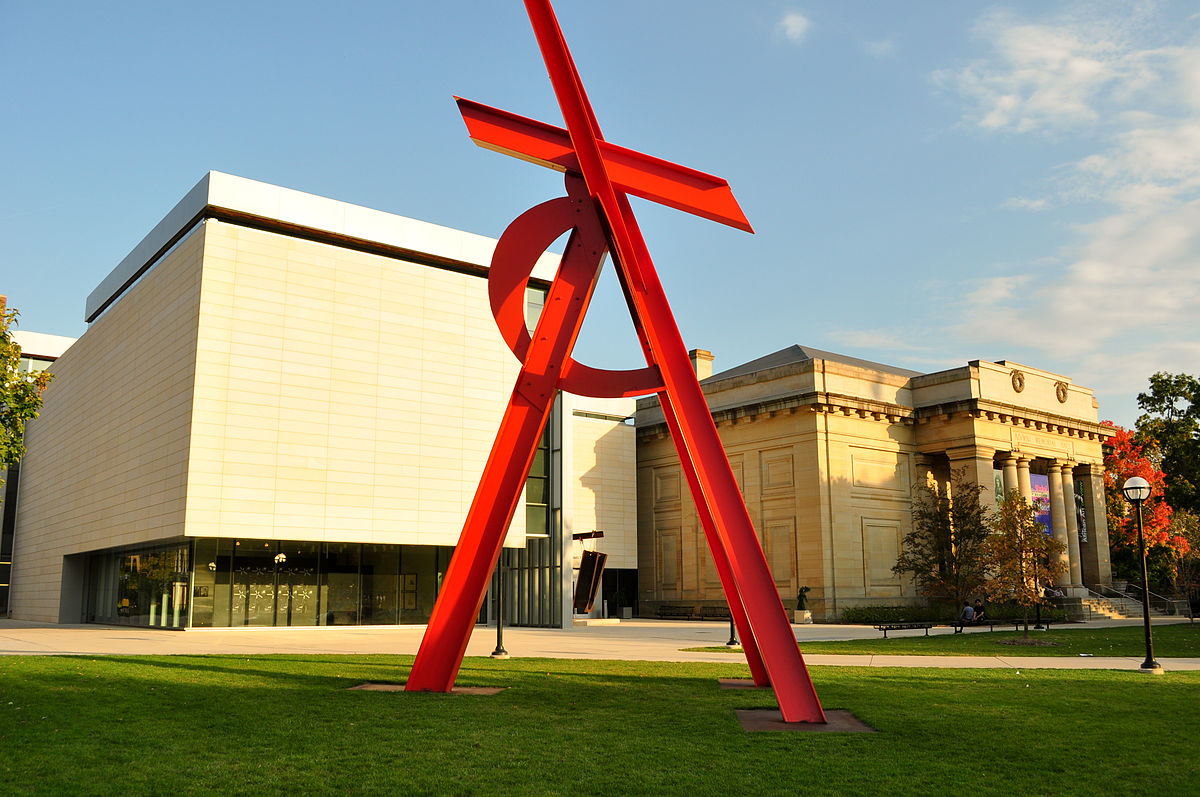Last summer, I had the opportunity to live and work in Ann Arbor. From the Ann Arbor Summer Festival’s Top of the Park series to the Ann Arbor Art Festival, there were a variety of events and activities to enjoy. Along with these, I went to parks, restaurants, and other parts of the city I hadn’t been to previously. One place was the Ann Arbor District Downtown Library (AADL). I made frequent trips to the library, not only for books, but for the events led by the library’s incredible staff and guest speakers. In addition to being fun and educational, many of the events were part of the AADL’s Summer Game.
The AADL’s annual Summer Game consists of finding codes, solving puzzles, and more via the library’s catalog and branch libraries. There are also opportunities to earn online badges, rate/review items in the library’s catalog, and log what you’ve been reading. There are also codes at various locations in Ann Arbor, encouraging participants to explore the city. These codes and challenges are used to earn points that can be redeemed for an array of real-life AADL prizes at the end of the summer.
I had a blast playing the Summer Game and received some awesome prizes (shout-out to Friends of the Ann Arbor District Library). So, you can imagine my excitement when I found out about the “Bummer Game.” With everyone hunkered in their homes for an unknown period of time, the Bummer Game offers a neat distraction from boredom or stress. The game includes online puzzles to solve for badges and points, which can be used toward the 2020 Summer Game. For Summer Game fanatics, this is a great way to gain a head start in earning points to spend on AADL merchandise at the end of July. For new players, the Bummer Game could be a nice introduction into the Summer Game. Either way, it is a cool activity to curb boredom and switch up your Netflix and quarantine routine.
Both the Bummer Game and the Summer Game are unique opportunities to discover new books, trivia, and more. Besides offering points and prizes, the Bummer and Summer Games present interesting ways for people to learn about history, art, literature, and more. Like its summer counterpart, the Bummer Game doesn’t require a library card, just an online account which you can use to keep track of points and order prizes.
Click here to start playing today!



 During my free time, there were a plethora of wonderful things to do. Campus was breathtakingly beautiful throughout the spring and summer, with flowers in full bloom
During my free time, there were a plethora of wonderful things to do. Campus was breathtakingly beautiful throughout the spring and summer, with flowers in full bloom 
 Nonetheless, it was very cool to see four independent fairs – each featuring incredible art – simultaneously occur to form one huge event. I was thoroughly impressed by the quality, beauty, and diversity of all of the art being presented. Live music, interesting food, and good friends contributed to a positive experience.
Nonetheless, it was very cool to see four independent fairs – each featuring incredible art – simultaneously occur to form one huge event. I was thoroughly impressed by the quality, beauty, and diversity of all of the art being presented. Live music, interesting food, and good friends contributed to a positive experience.


